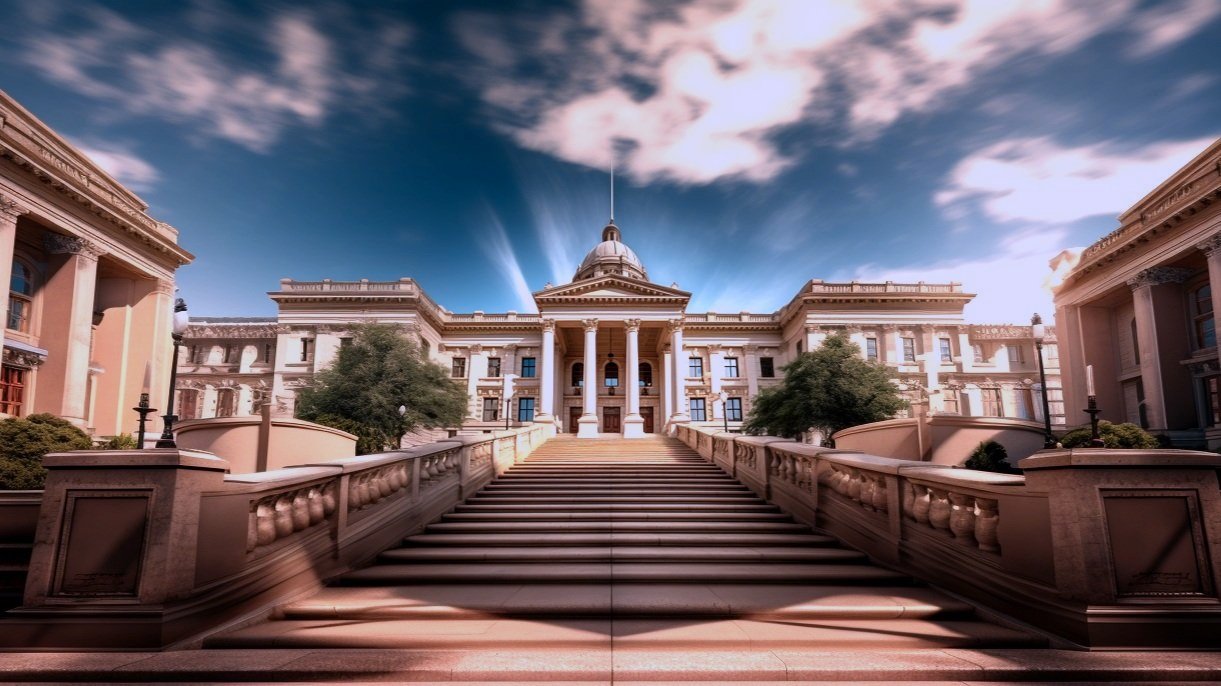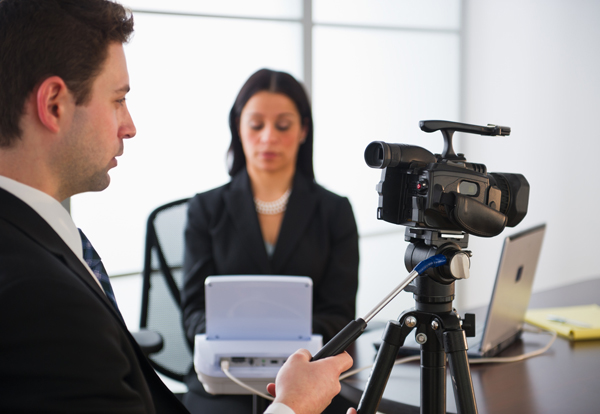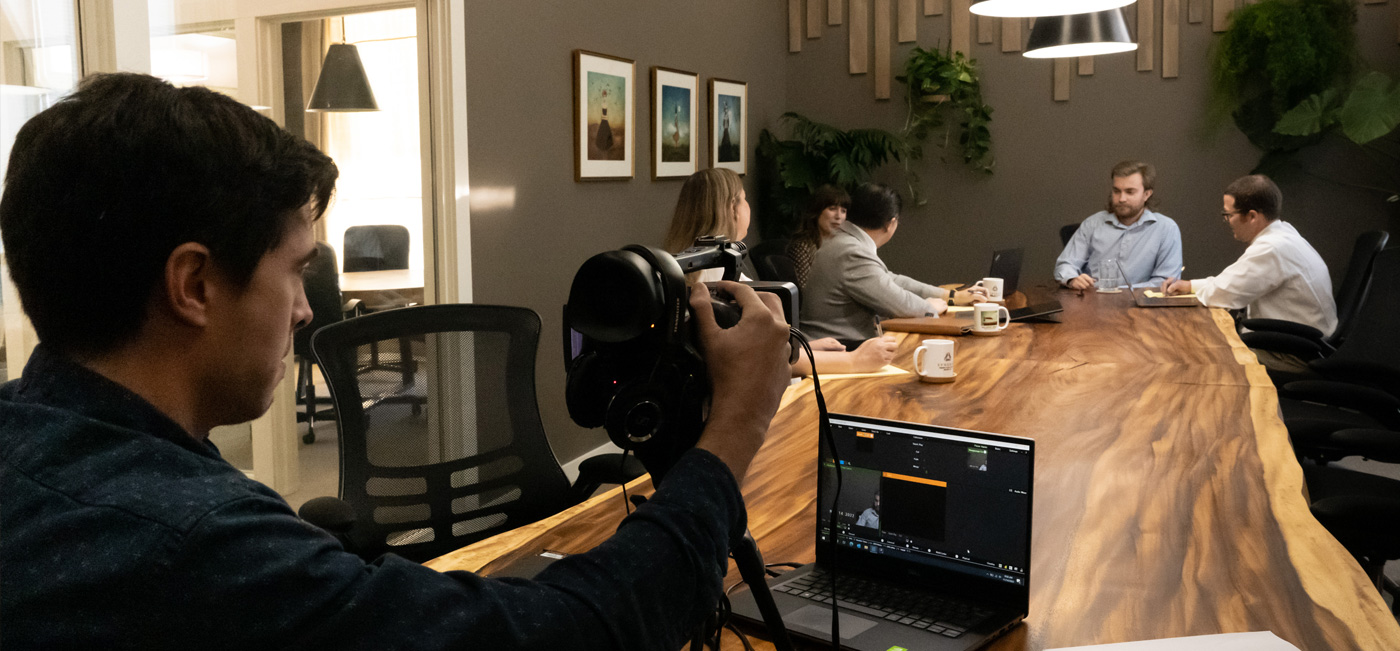Digging Into the Devices of Legal Videography: Introduction Its Operation in Shielding Genuine Visual Statement for Judicial Proceedings
In the realm of judicial procedures, the role of legal videography stands as a foundation in preserving and providing aesthetic evidence. As innovation proceeds to advancement, the devices behind lawful videography have actually become significantly elaborate, offering a critical layer of authenticity to testaments captured on video clip.
Historic Evolution of Lawful Videography
Examining the historical progression of lawful videography reveals a significant improvement in the capturing and discussion of visual evidence within the legal landscape. In the past, lawful process greatly counted on written transcripts and photographs to record occasions and supply evidence. With the arrival of video clip innovation, the legal market witnessed a paradigm shift in just how aesthetic statement was captured and offered.
The evolution of lawful videography can be traced back to the late 20th century when improvements in video recording tools made it extra obtainable for use in courts. This technological improvement not only boosted the accuracy and integrity of visual evidence but also transformed the method instances existed to courts and courts (Legal Videography). Lawyers began to recognize the persuasive power of video clip recordings in conveying feelings, subtleties, and non-verbal hints that composed photos or transcripts alone can not record properly

Innovation Improvements in Video Paperwork
What essential technological developments have reinvented video documentation in the legal field? The legal area has actually seen substantial improvements in video clip documentation technology that have actually boosted the credibility and integrity of aesthetic evidence in judicial process. Among the key advancements is high-def (HD) video recording capabilities, which provide crystal-clear images and sharp information that are vital for precisely capturing statements, faces, and various other visual signs. Additionally, the combination of timestamping and metadata functions in video clip paperwork devices has actually made it possible for accurate documentation of when and where the video clip was videotaped, guaranteeing the integrity of the proof offered in court.
In addition, developments in video clip encryption and watermarking innovations have strengthened the protection and tamper-proof nature of video clip evidence, securing it versus unauthorized changes or tampering. Moreover, the arrival of cloud storage space services and remote accessibility capabilities has streamlined the storage, retrieval, and sharing of video evidence, assisting in smooth collaboration amongst attorneys and guaranteeing effective access to vital aesthetic testimonies when needed. These technical innovations in video clip documents have undoubtedly transformed the legal area, boosting the precision, reliability, and admissibility of visual evidence in judicial procedures.
Duty of Lawful Videographers in Court Settings
The evolution of video clip documents innovation in the legal area has necessitated an essential role for lawful videographers in courtroom setups, making certain the stability and reliability of aesthetic testimonies provided during judicial process. Legal videographers play a fundamental duty in catching and maintaining precise visual proof that can be essential in lawsuit. Their responsibility encompasses establishing devices, tape-recording process, and creating high-quality video clips that precisely reflect the occasions in the courtroom.
In addition, lawful videographers frequently work carefully with legal groups to ensure that the video evidence lines up with the situation's requirements and can be efficiently provided in court to sustain the lawful you could look here debates being made. On the whole, the function of lawful videographers in court setups is vital in upholding the principles of justice and guaranteeing the transparency of legal proceedings. Legal Videography.

Ensuring Admissibility and Integrity of Video Clip Proof
To keep the reputation of visual proof offered in lawful procedures, making certain the admissibility and integrity of video proof is a crucial duty for lawful videographers. Admissibility refers to the acceptance of proof by the court, and for video clip proof to be admissible, it needs to satisfy particular standards. Lawful videographers play an essential function in making certain that the video clips they capture adhere to the policies of proof, such as importance, authenticity, and integrity.
Honesty of video clip proof entails keeping the creativity and precision of the video from the moment it is recorded up until it exists in court. This includes securely saving the video data, documenting the chain of protection, and preventing any kind of tampering or alterations. Legal videographers must stick to rigorous procedures to assure the honesty of the video clip proof and avoid any difficulties to its credibility.
Future Trends in Legal Videography
Provided the increasing dependence on innovation in legal proceedings, lawful videographers are positioned to embrace innovative improvements forming the future of visual testimony capture and discussion. One of the prominent fads coming up is the combination of online fact (VR) and increased reality (AR) innovations into legal videography. These technologies have the possible to transform exactly how visual proof exists in court rooms, enabling judges and courts to submerse themselves in he said the scene of the criminal activity or event.
Furthermore, the use of fabricated intelligence (AI) formulas for video clip analysis is anticipated to improve the procedure of evaluating and evaluating large amounts of video clip footage. AI can assist in recognizing crucial moments, anomalies, and patterns within video clips, boosting the efficiency of lawful examinations.

Verdict
To conclude, lawful videography has played an essential duty in offering genuine aesthetic evidence for judicial process. Through technical developments and the proficiency great post to read of legal videographers, the integrity and admissibility of video proof are ensured in courtroom settings. As legal videography proceeds to evolve, it will certainly be necessary to support requirements that maintain the precision and integrity of visual statement for the future of lawful proceedings.
Analyzing the historic progression of legal videography discloses a significant change in the capturing and presentation of aesthetic proof within the legal landscape.The evolution of video clip documentation modern technology in the legal field has required a critical role for legal videographers in court setups, ensuring the integrity and integrity of visual testimonies provided during judicial procedures. Furthermore, lawful videographers usually work closely with legal teams to make sure that the video clip proof straightens with the case's requirements and can be effectively provided in court to support the legal disagreements being made.To preserve the integrity of visual evidence presented in legal proceedings, guaranteeing the admissibility and integrity of video evidence is an essential duty for lawful videographers. As lawful videography continues to develop, it will be important to support standards that keep the accuracy and dependability of visual testimony for the future of lawful procedures.